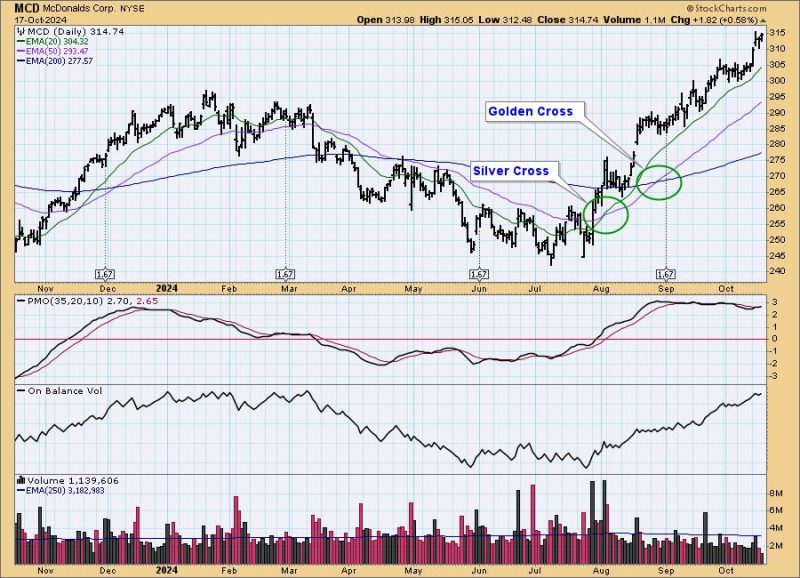The Signal Scoreboard is indeed As Good As It Gets, serving as a dynamic and versatile tool in various fields such as telecommunications, electronics, data analysis, etc. This device is a cornerstone in the communication design which greatly enhances the process of signal transmission, reception, and interpretation within specified channels. The discussion that follows further engrains the concept behind the Signal Scoreboard’s supremacy and establish why it is considered as good as it gets.
Starting with the design, Signal Scoreboards feature a robust and sophisticated architecture that facilitates efficiency. These devices are built with state-of-the-art technology that enables criteria-oriented processing, simplifying the process of data interpretation. They incorporate advanced algorithms and high-speed circuitry to enable real-time processing of signals. The design also allows for adaptability – Signal Scoreboards are capable of handling various types of signals, from digital and analog signals to complex frequency and pulse signals.
Signal Scoreboards are marked by their extraordinary precision and accuracy. They have high discrimination capabilities, allowing them to differentiate between various signal types and characteristics. This differentiation is instrumental in reducing or eliminating noise and other unwanted signal attributes. Moreover, these devices offer high-resolution signal analysis, ensuring that every significant attribute of the signal is captured, which leads to more accurate results.
Speed is another facet that indicates Signal Scoreboards are as good as it gets. In our fast-paced world, where real-time responses are often vital, these devices demonstrate an exceptional data processing speed. They significantly reduce the lag between signal initiation and signal interpretation, many times working within nanoseconds. This speed is incredibly advantageous in many fields such as high frequency trading, emergency response systems, and more.
One of the distinctive features of Signal Scoreboards that sets them apart is their ability for customization. Depending on the needs of the end-user, these devices can be tailored to function optimally within specific frameworks or systems. Whether it’s adjusting the threshold parameters, filtering techniques, or output format, these devices provide a high level of customization, making them highly versatile and adaptable.
There’s also considerable importance in the durability and dependability of Signal Scoreboards. These devices are designed to operate in extreme conditions and still maintain a high level of performance. This durability ensures that they continue to function effectively even in critical situations – a feature indispensable in fields like space exploration, weather forecasting, or military applications, where reliability is crucial.
Lastly, speaking on compatibility, Signal Scoreboards are engineered to work across a variety of hardware and software platforms. They can seamlessly integrate with existing setups, thereby simplifying their incorporation into existing systems. This degree of compatibility significantly reduces the costs and challenges associated with system upgrades or overhauls.
When considering all the above factors – their sophisticated design, accuracy, speed, customization, dependability, and compatibility – it’s clear as to why Signal Scoreboards are considered as good as it gets. They are vital for numerous industries, contributing not just to efficiency and effectiveness but also towards advancements in technology and science. They are indeed a paramount tool in the modern world.




